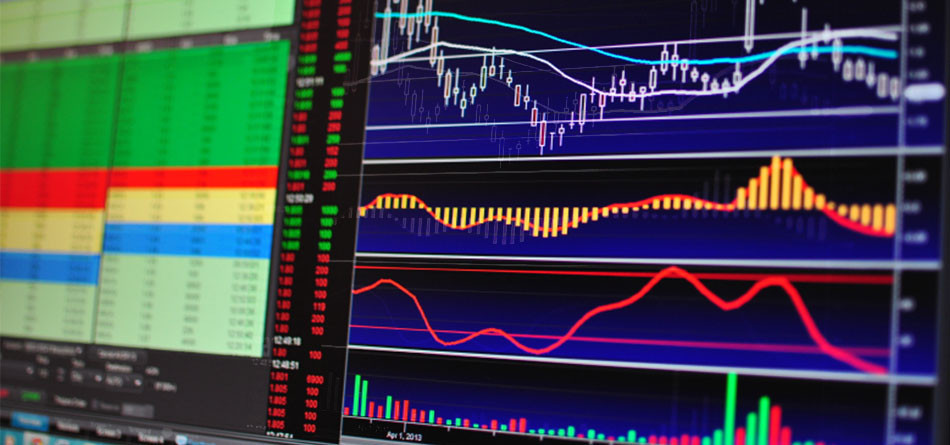As asset managers seek to create alpha by identifying assets that are uncorrelated with the rest of the market, they are fostering a multi-asset trading culture.
“This is a good thing because it democratizes investment,” said John Adam, global head of product management at trading systems provider Portware. “It increases the focus on fungibility of assets, which in turn creates pressure to standardize and make electronic these different investment options that the portfolio managers are asking for.”
Adam noted that in the days leading up to the May 2012 Facebook initial public offering, “the search for alpha was so intense you had people stepping way outside of their comfort zones and in some cases, even rechartering their funds so they can hold private shares in Facebook ahead of the IPO, because that was just considered to be such an opportunity that the opportunity in the search for alpha is in turn driving change in the market itself.”
Now that the IPO calendar has returned, it has lessened the pressure for that substantially, but it hasn't changed the challenge or removed the problem overall, he said.
Assuming an investor has discovered “this perfect hypothetical uncorrelated asset where I believe there is some alpha to be had in it, the last thing I want to do is tip my hand to the rest of the market that I am accumulating it in any sort of size,” Adam said. “If there is alpha in these investments, then having a multi-asset trading platform allows me to retain it,” said Adam.
This isn’t to say that there will not continue to be areas of specialization in specific asset categories. “There is still structure to this,” said Adam. “There are still are funds which are predominantly focused on equity or fixed income, and things like FX is really just a result of a transaction into a foreign stock. There are still charters and there are still guidelines here.”
The benefit of a multi-asset EMS is the freedom to access liquidity and establish and trade out of positions more efficiently. Best execution requirements are being aided by organizations like FIX Trading Community’s Trading Enablement Standard Initiative, created last year to bring the FIX messaging standard protocol to fixed income, and recently extended to the FX market, in order to standardize communications across asset classes, reduce operational risk and enable more cost-efficient electronic trading.
“We have this model that has worked quite well for equities, but when I look at an asset class like FX, a lot of the infrastructure that I have counted on in an exchange-driven market isn't there for me,” said Adam. “Where do I go to say to my providers, ‘Here's the data I want to capture? This is what I am going to put in my own internal, data repository or even tick data base and how am I going to track my performance to that?’"
He continued, “Having it in one standard enables me to capture it in a single place better and create a hybrid or composite TCA model which is necessitated by simply the way that the FX market works.”
Featured image via iStock














